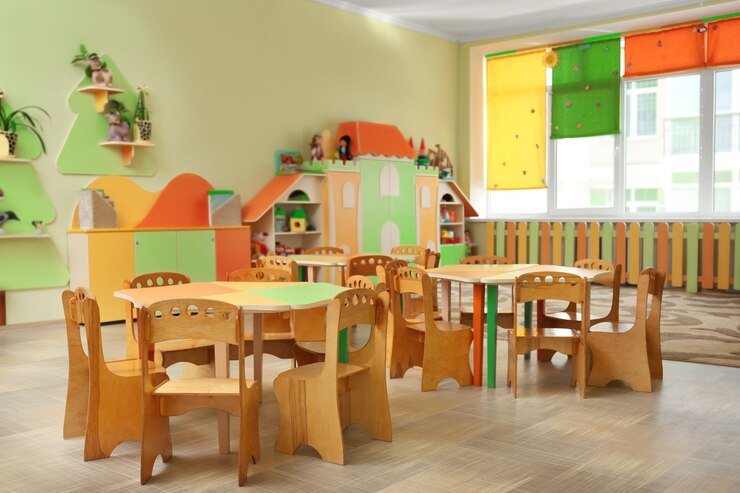Creating an engaging and well-organized preschool classroom starts with selecting the right preschool classroom furniture. Young children thrive in environments that encourage creativity, play, and learning, and choosing the right tables, chairs, and activity stations can make a significant difference in their overall development. Whether setting up a new classroom or upgrading existing furniture, it’s essential to prioritize comfort, safety, and flexibility.The Importance of Thoughtful Preschool Classroom DesignPreschool classrooms serve as the foundation for early childhood education, where children develop essential cognitive, social, and motor skills. The right furniture for preschool classrooms enhances the learning experience by promoting collaboration, organization, and movement. When selecting furniture, consider factors such as durability, adjustability, and ease of maintenance to ensure a practical and long-lasting setup.Key Factors to Consider When Choosing Preschool Classroom Furniture1. Age-Appropriate SeatingComfortable and well-sized seating is essential for preschoolers, as it directly impacts their posture and ability to focus on activities. Preschool classroom chairs should be lightweight yet sturdy, allowing children to move them easily. Chairs with ergonomic designs help maintain proper posture, while rounded edges ensure safety. Stackable or adjustable chairs provide added flexibility, making it easier for teachers to rearrange the classroom as needed.2. Durable and Easy-to-Clean MaterialsPreschool furniture must withstand daily wear and tear, including spills, rough handling, and frequent use. Look for preschool classroom furniture made from durable materials like: Hard plastic – Resistant to scratches, stains, and easy to wipe clean.Wood – Offers a natural, warm aesthetic and durability, though it may require more maintenance.Metal and laminate combinations – Provide strength while maintaining an easy-to-clean surface. Adjustable tables – Allow teachers to modify heights based on student needs.Modular seating – Can be rearranged for group activities or individual learning.Mobile storage units – Make it easy to access supplies while keeping the room tidy. Art areas – Equipped with tables, easels, and storage for creative supplies.Reading corners – Featuring cozy seating and accessible bookshelves.Building and STEM centers – Stocked with blocks, puzzles, and interactive materials.Dramatic play stations – Encouraging role-playing and social interaction with play kitchens, costumes, and props. Open shelving – Encourages independence by allowing children to grab supplies on their own.Cubbies and bins – Help keep personal items and classroom materials neatly stored.Rolling carts – Provide mobility for art supplies, books, or classroom essentials.
